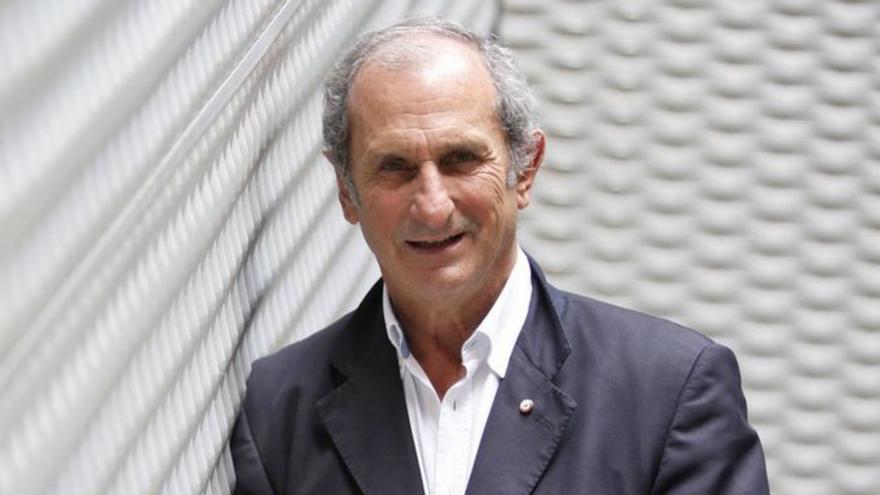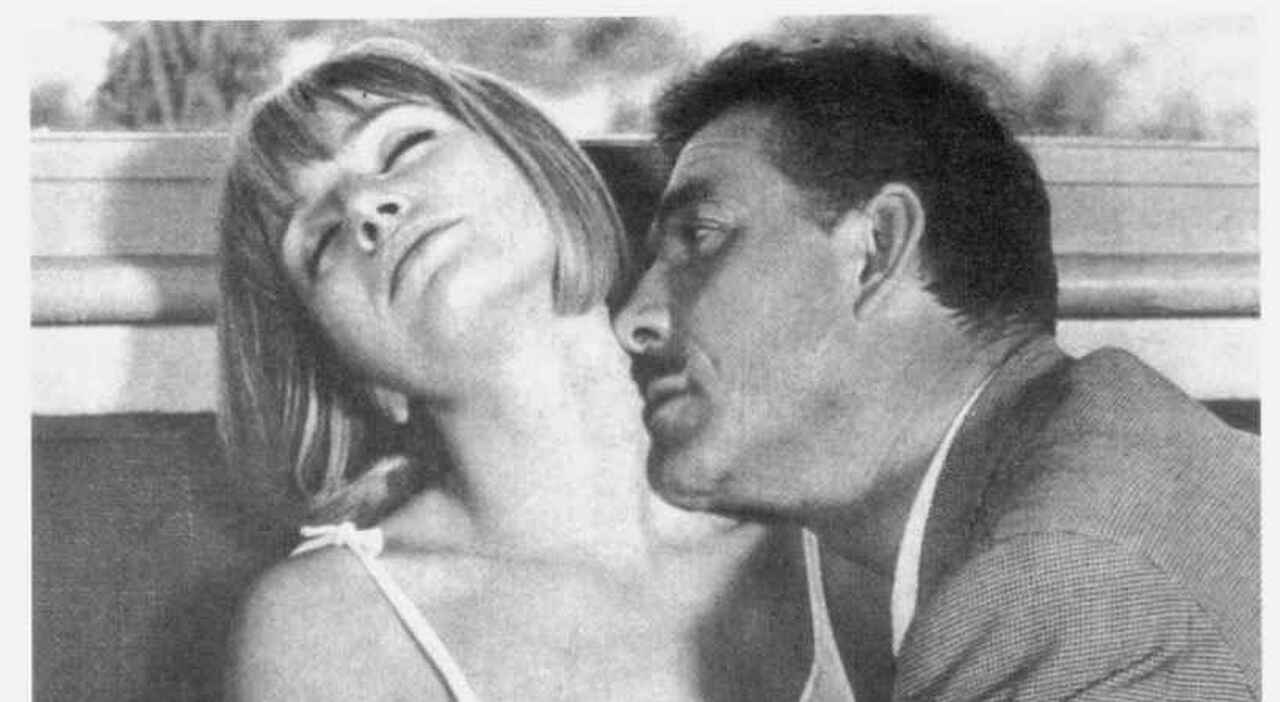“If a plane crashed tomorrow, I would start eating human flesh the next day,” says Gustavo Zerbino, a septuagenarian from Uruguay, a pharmaceutical entrepreneur and survivor of the air disaster known as the Andean Tragedy or Earth Miracle. Andes. On October 13, 1972, a plane booked by Old Christian Rugby Club players – Zerbino was one of them – to travel with friends and family between Montevideo and Santiago de Chile, crashed into a glacier in the Andes mountain range. There were 45 people on board, 12 of whom died as a result of the collision. At the time of rescue, 72 days later, 16 of them were still alive.
JA Bayona’s new film, La sociedad de la nieve, recreates the physical and psychological cost paid daily by those who remained trapped at an altitude of 4,000 meters for those ten weeks, at the mercy of temperatures reaching minus 30 degrees and avalanches. They survived thanks to the protection of the fuselage, ingenuity and imagination, prayer to God, and food provided by the corpses of the dead, who were their friends, and sometimes relatives. “I don’t regret anything,” Zerbino insists. “To live we needed to move, and to move we needed energy. Death was all around us, and we fed on corpses because they were the only proteins we could find.”
The need to resort to Anthropophagy became clear after the first few weeks, when the group learned via radio that the search teams had been discontinued. “Thinking about the suffering this had caused our families in Uruguay, it reinforced our desire to survive,” the pharmacist recalls.
Tell the truth
After long discussions, they decided to use the bodies of the dead passengers and made an agreement. “We let everyone else use us as food if we died, because we all wanted to save lives, and because that would allow the survivors to tell our loved ones how much we loved them.” When they were rescued, shortly before Christmas, they were advised not to explain the extreme measures they had to resort to in order to feed themselves. “We refused, we did not want to hide it even if it meant facing cultural, religious and biological taboos. Nowadays, thousands of blood transfusions are performed every second around the world, and transplantation of lungs, kidneys, retinas and hearts…” “What we did is not much different from that.”
Based on the book of the same name by Pablo Versi, La sociedad de la nieve is the third cinematic retelling to recreate the event, following the Mexican feature film Supervivientes de los Andes (1976) and the Hollywood production ¡Viuen! (1993) Directed by Frank Marshall. According to Zerbino, Bayona – Spain’s Oscar contender and recently nominated for a Golden Globe – is the only film that faithfully depicts the loneliness created on the mountain. “The whole world abandoned us, and we decided to build a supportive society in which rules came into their own when they were needed. We constantly took care of each other, and complaining was forbidden. We chose to be positive and celebrate every day for more life. I decided to break away from my mind that was telling me ‘It won’t work, you’ll die.’ I turned it on.
Those 72 days had a profound impact on the survivors’ subsequent attitude toward life and death. “The experience has expanded our capacity for pain, tolerance, patience, and unconditional love to unimaginable levels. Facing death in this way at such a young age, and the deaths of people close to you, will inevitably make you tougher.”
For years, Zerbino has traveled the world giving motivational lectures and conferences on topics such as leadership and adversity management. “From a young age, we are taught to think about problems rather than solutions, and to live in constant fear of failure, and this has to change. Even the most negative experiences are a way to grow and learn. The collapse of the Andes was another experience” in my life, one of many . I only remember that I am a survivor when I receive calls from the media or give talks. I am a happy person, I live in the present and enjoy it very much. Life is too short, but I’m not afraid of death.”
He adds that all this time he had no objection to traveling by plane. “I ride it, sit, read, sleep a little, and when I reach my destination, I get off. It is a very safe means of transportation. I remember a flight between Europe and Uruguay during which a storm broke out. Terrible. As hysteria spread among the passengers, I put in my headphones and started listening to music.” n

“Professional web ninja. Certified gamer. Avid zombie geek. Hipster-friendly baconaholic.”



